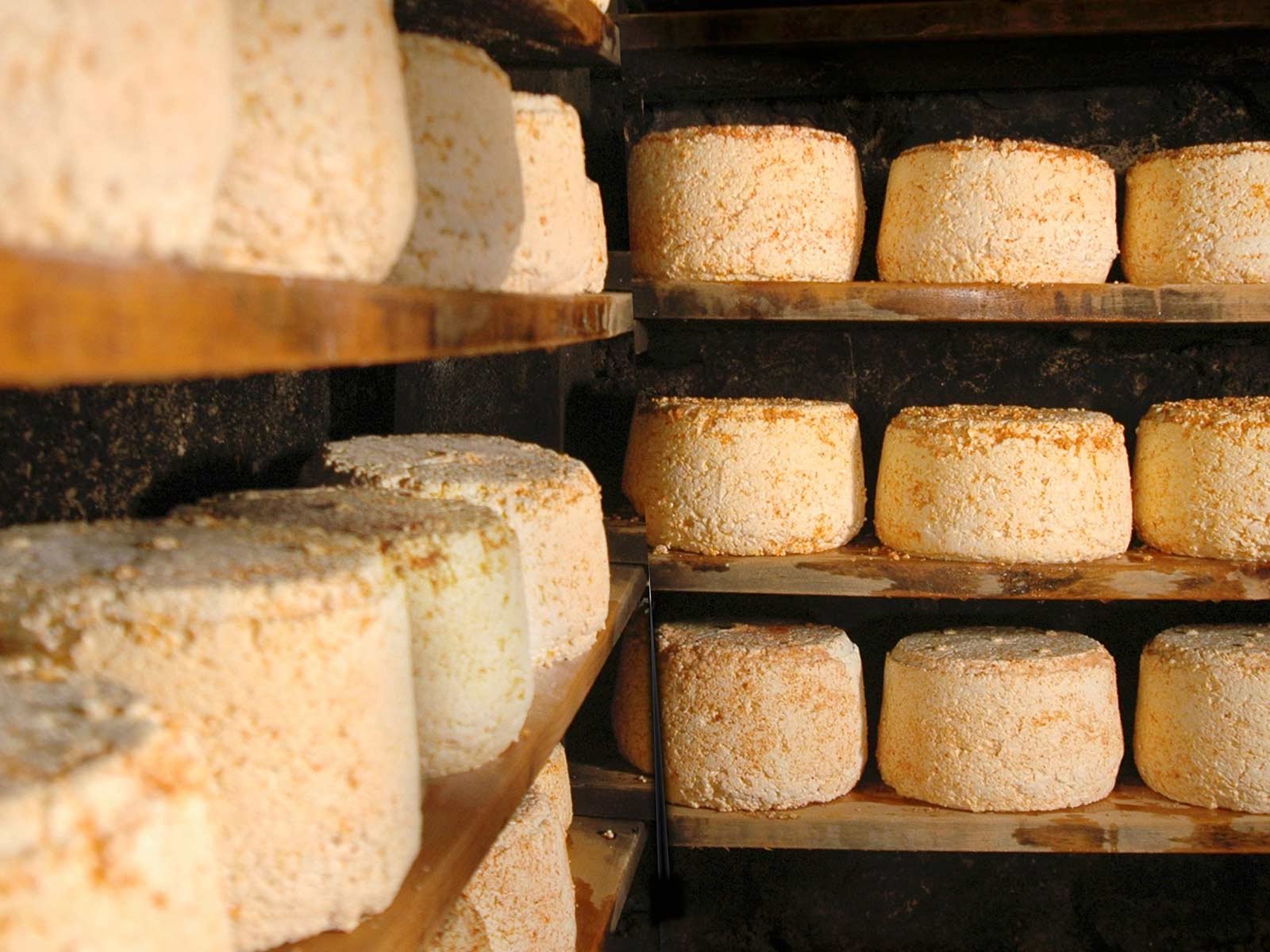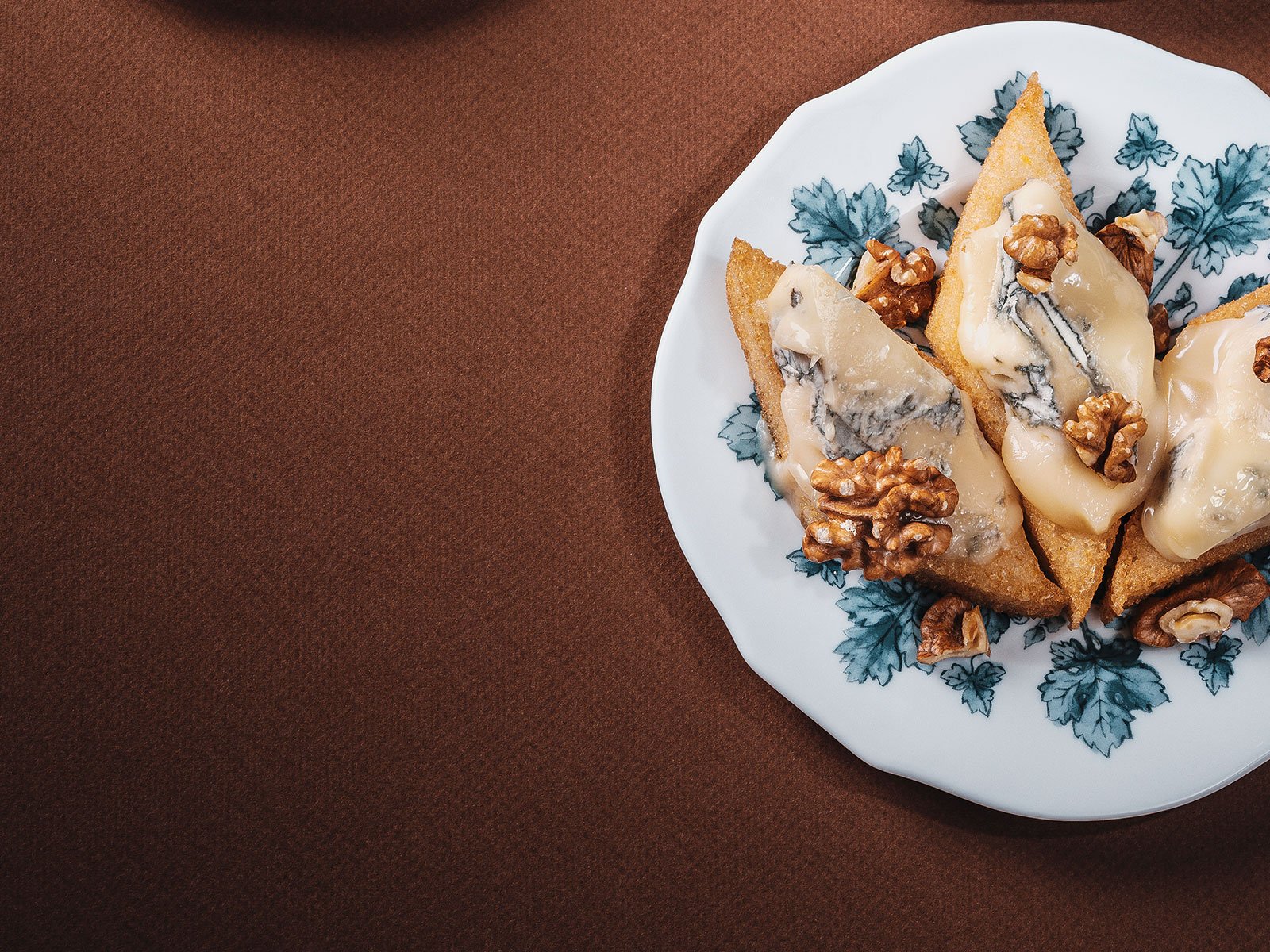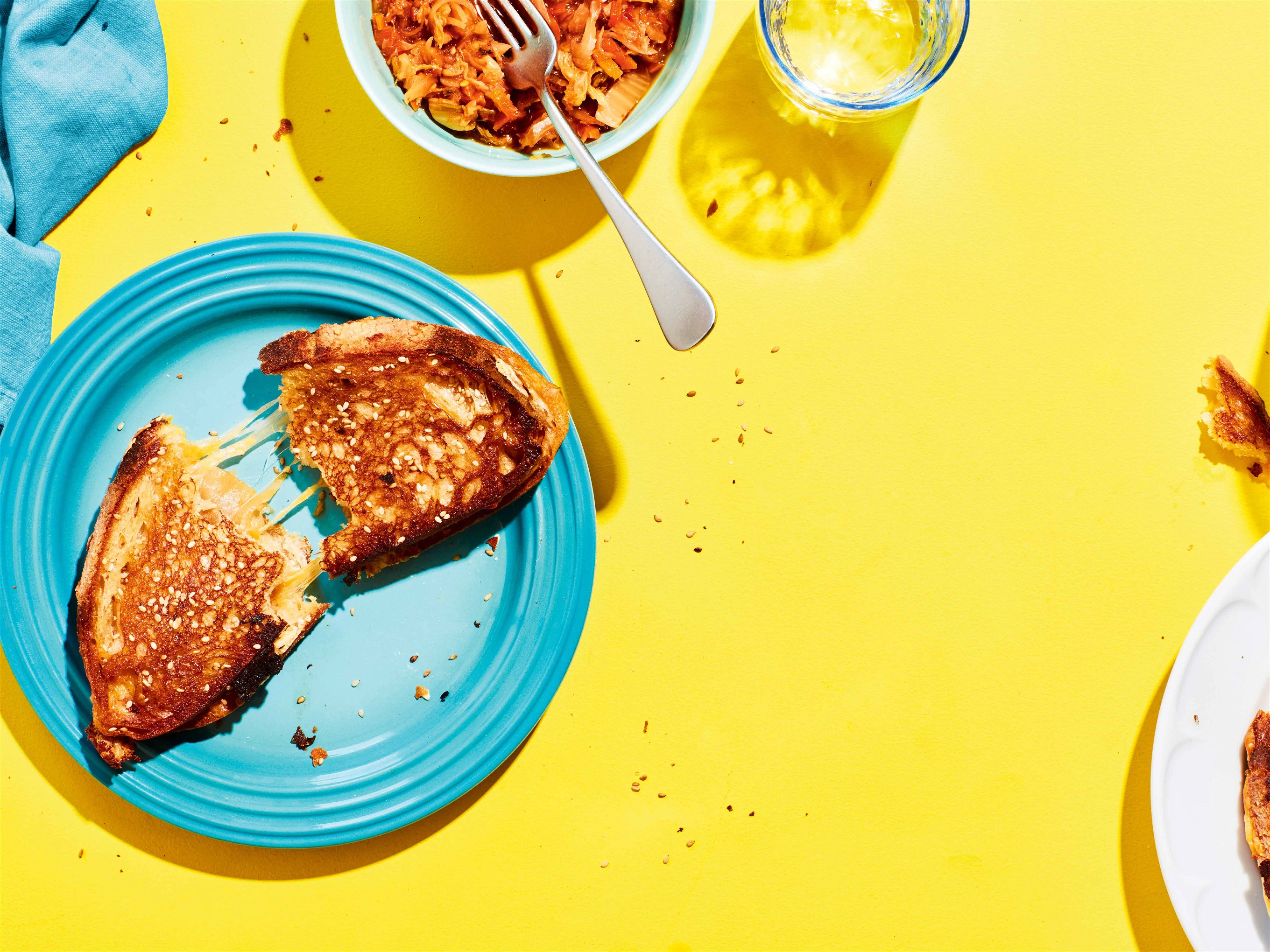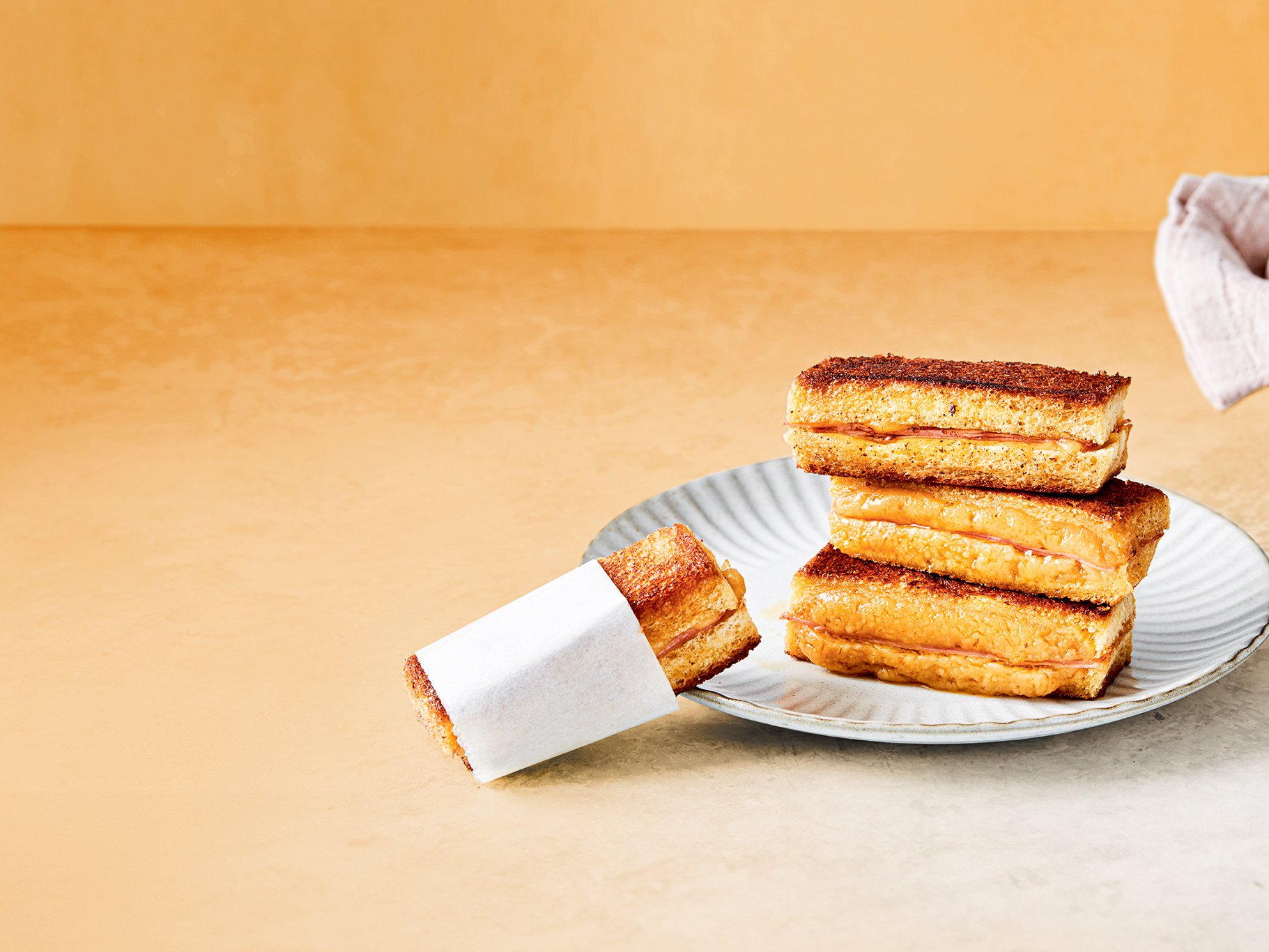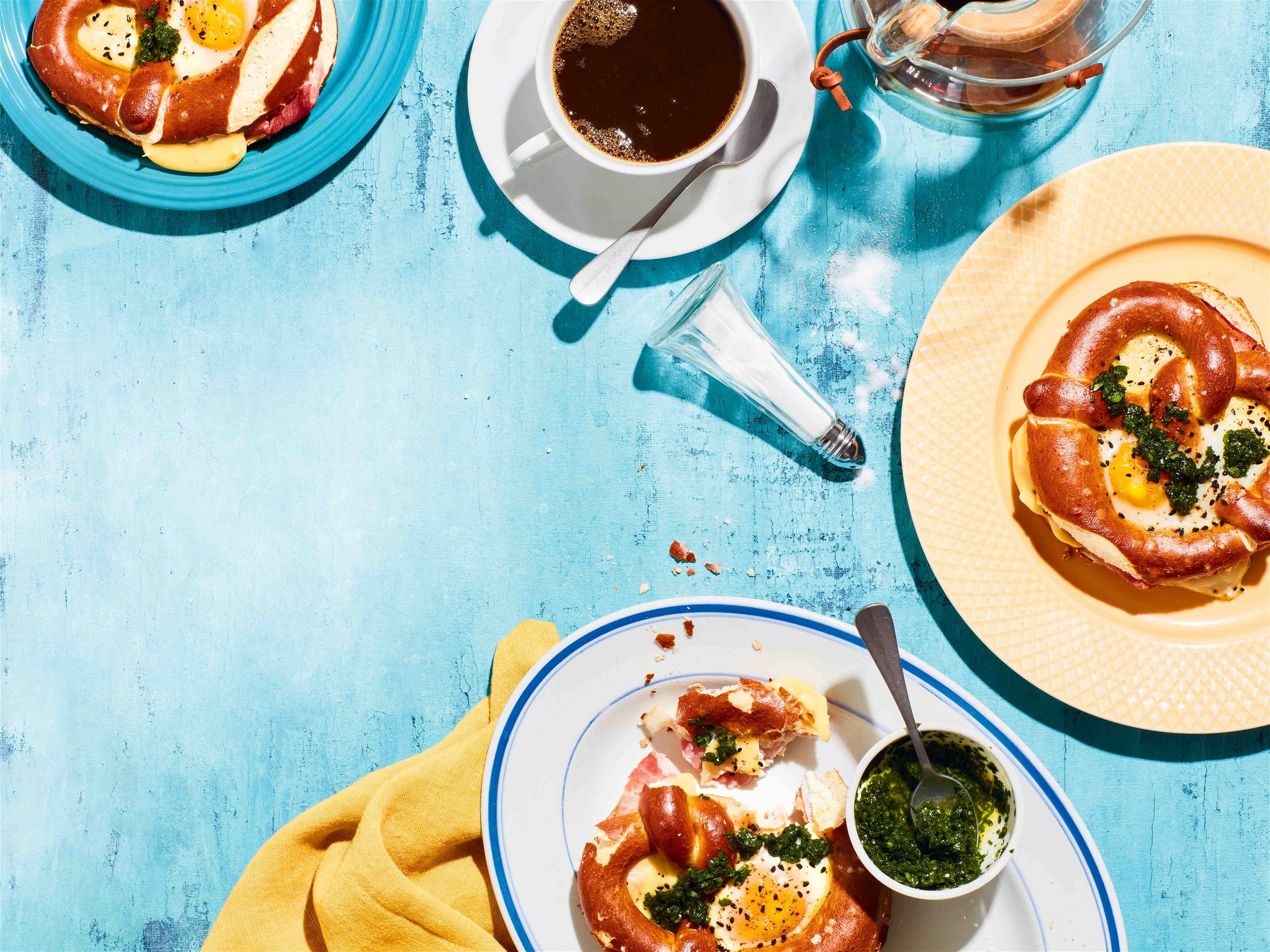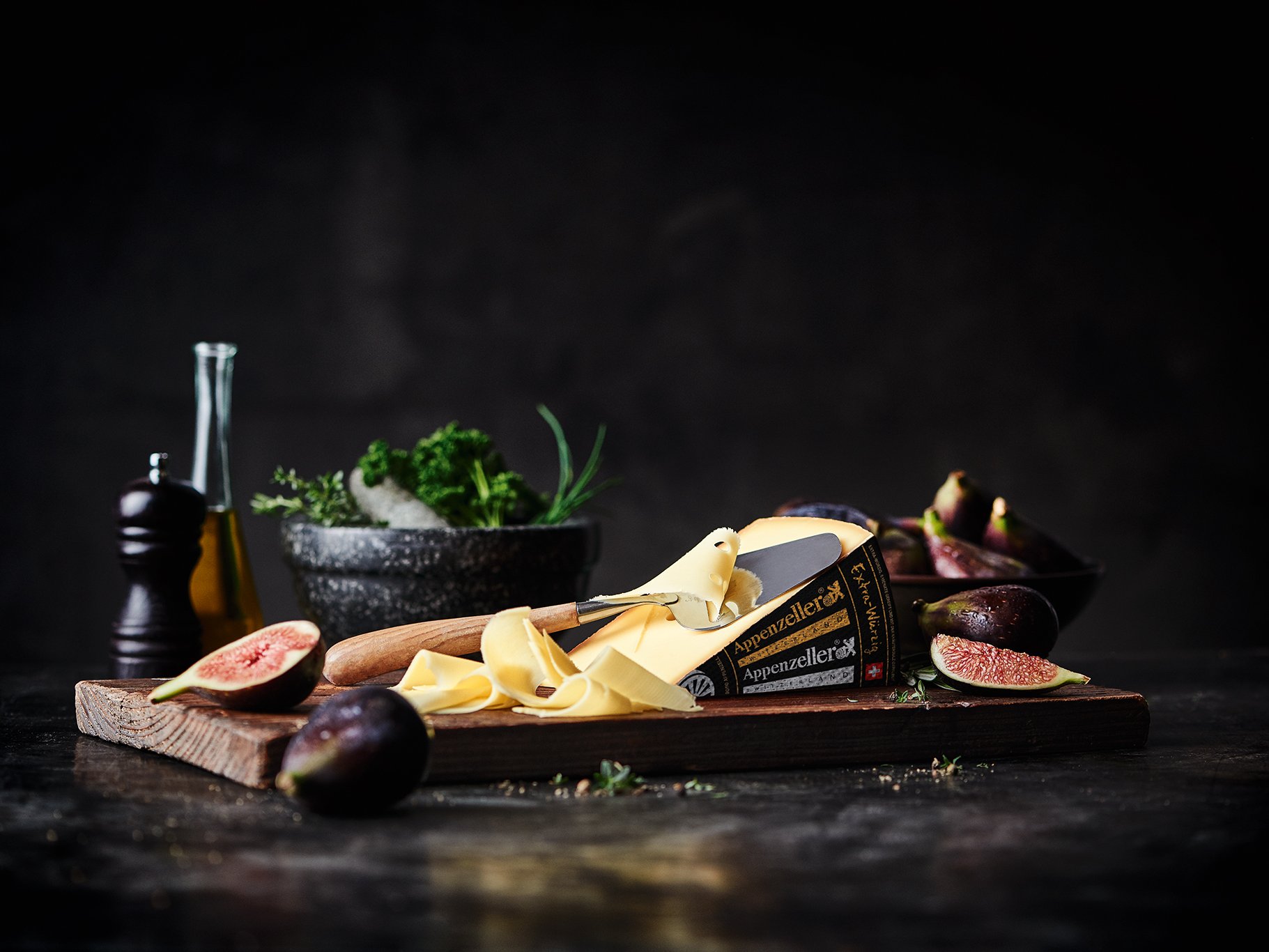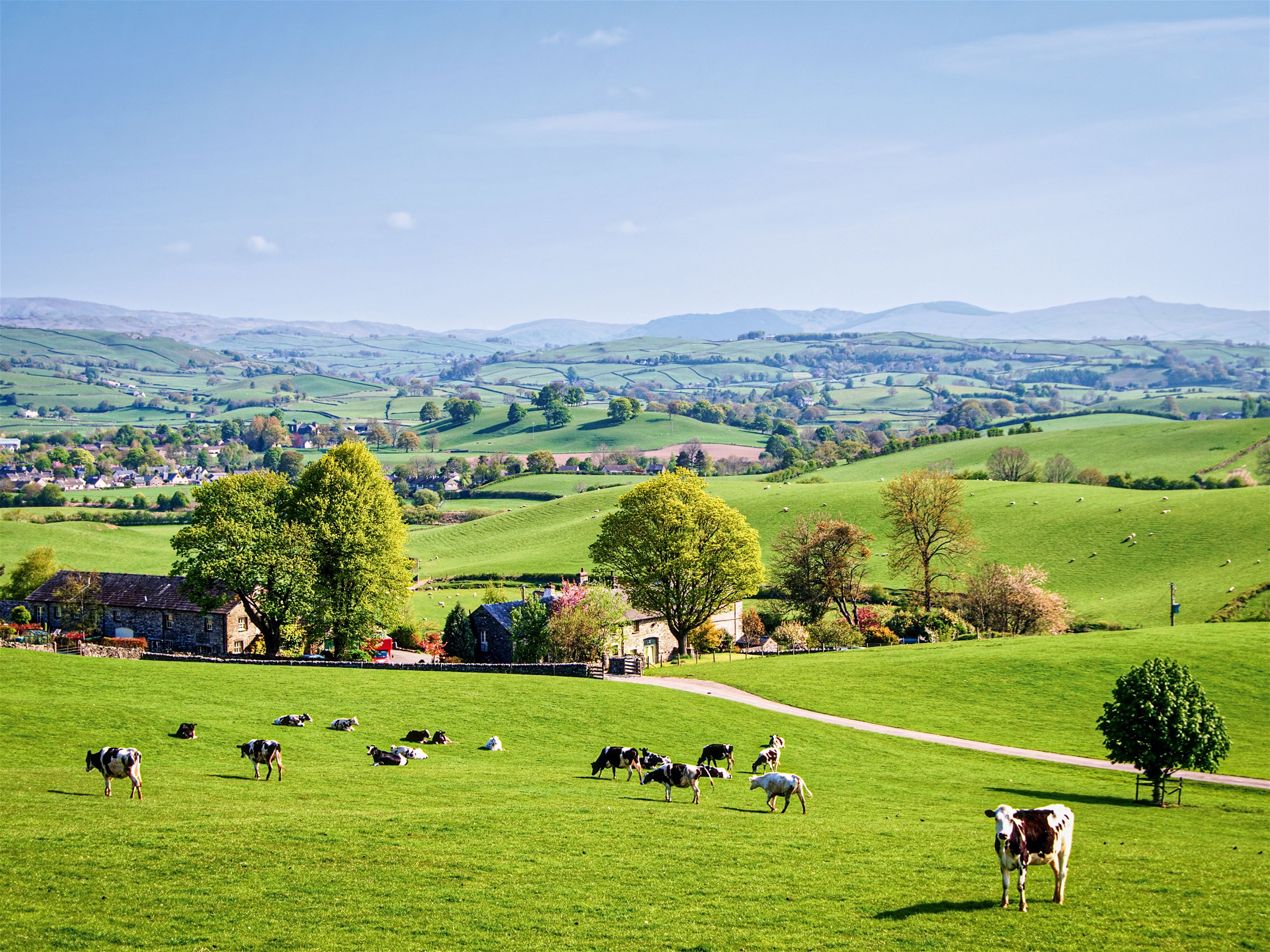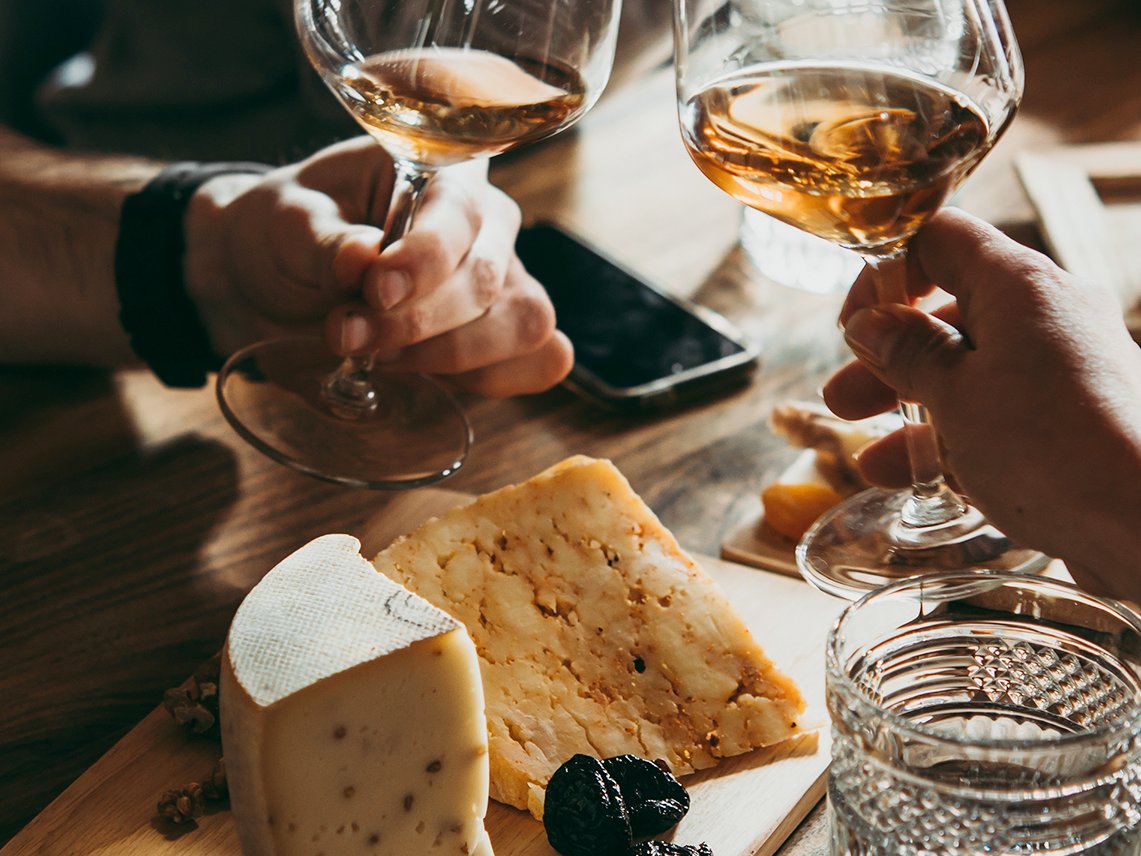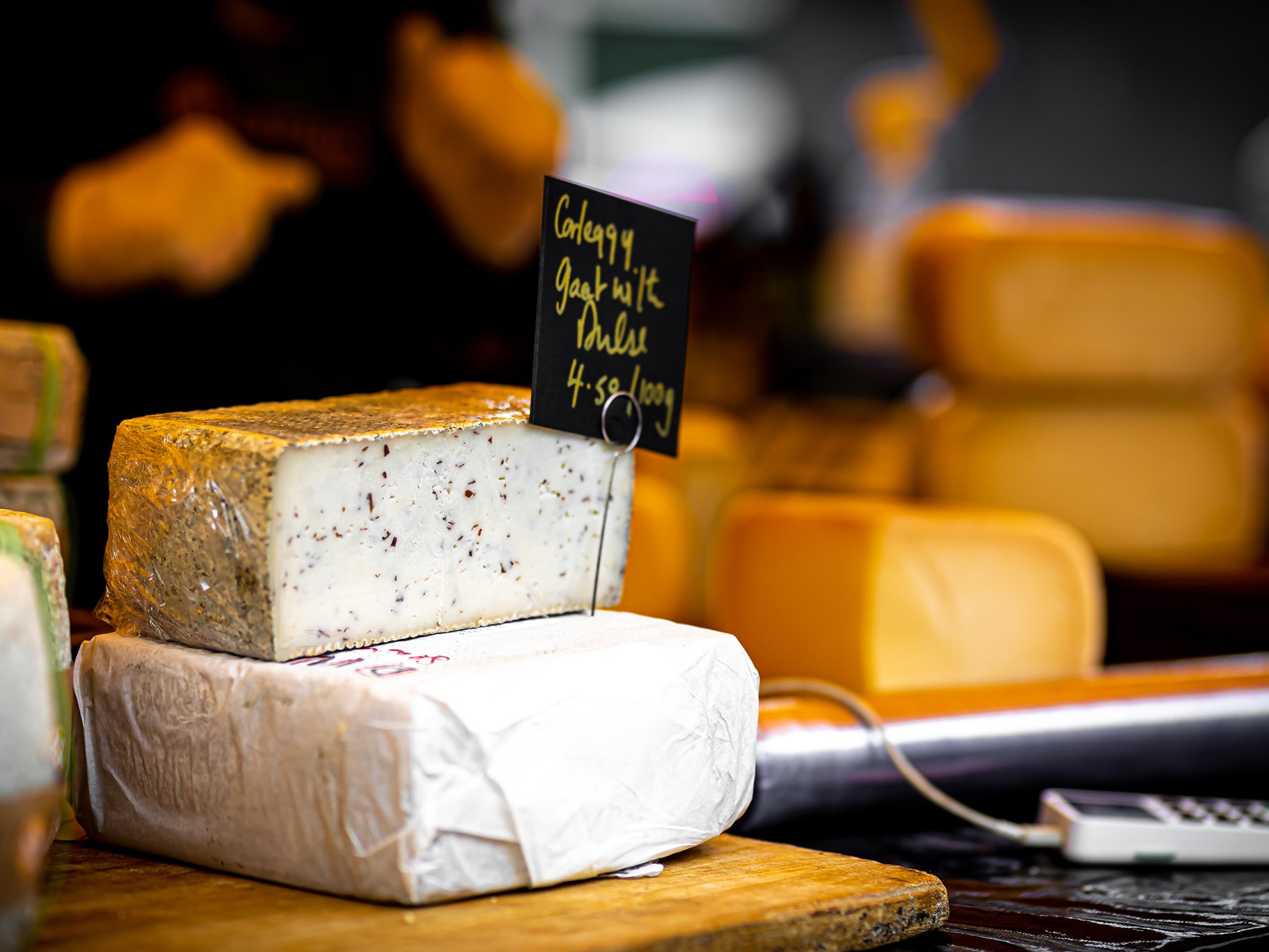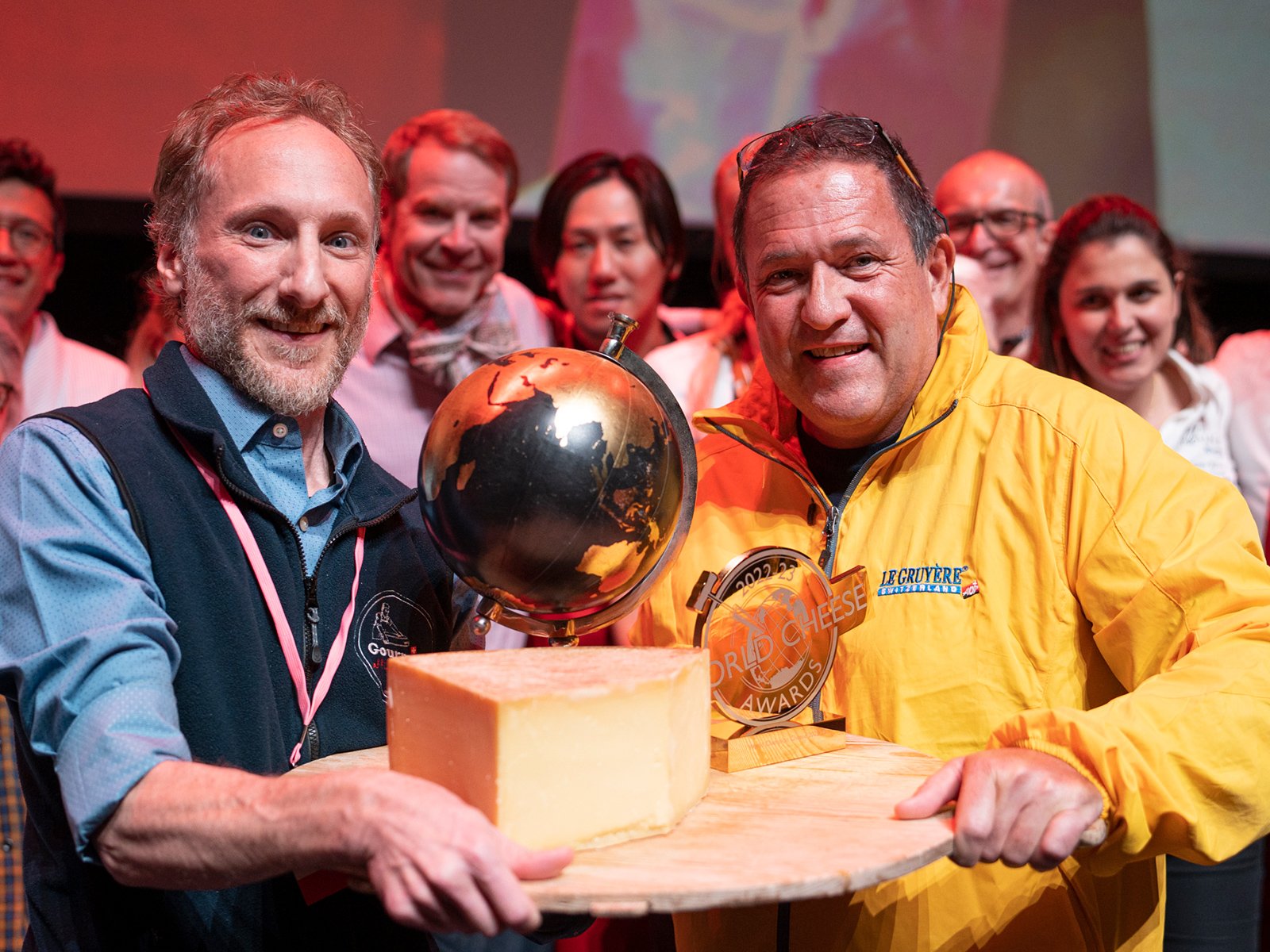Best & Worst New Cheeses on the Block
The delicious and varied world of cheese keeps evolving. Cheese expert & author Ned Palmer wonders what constitutes a “new” cheese and suggests those worth trying.
New – as in seasonal
New – as in rediscovered
Another kind of newness is something I’m going to call new-old cheese: new versions of a recovered tradition. A great example of this is the Irish Carraignamuc. It’s made in East Cork at The Lost Valley Dairy by Mike Parle and Darcie Mayland with a little help from their young son Ned. Until the Anglo-Norman invasion, cheesemaking flourished in the rich pastures of the aptly named Emerald Isle.
Tragically all traces of these native Irish cheeses were wiped out over the long occupation and there is little memory of what they were like. Mike wanted to create, or re-create an indigenous Irish cheese and took as his inspiration a traditional Italian tomme. Tommes are low-tech cheeses, easy to make without much kit, and it is quite likely that ancient Irish farmers made something similar. Like all tommes, Carraigmuc has a firm yet giving texture, a simple milky flavour with notes of earth and hay, enlivened by an acidic tang. Mark, Darcie (and Ned) have been making it for less than two years, an impressively short time to develop such excellent cheese.
New – as in unintentional
New – as in newly interpreted
New – as in ill conceived
Lymeswold cheese: a warning from history https://t.co/y35DRdSKpP pic.twitter.com/eJD2d1ODsG
— Susie Norris (@FoodMarketGypsy) September 16, 2019

